THE NEW YORKER: The Future of Public Parks
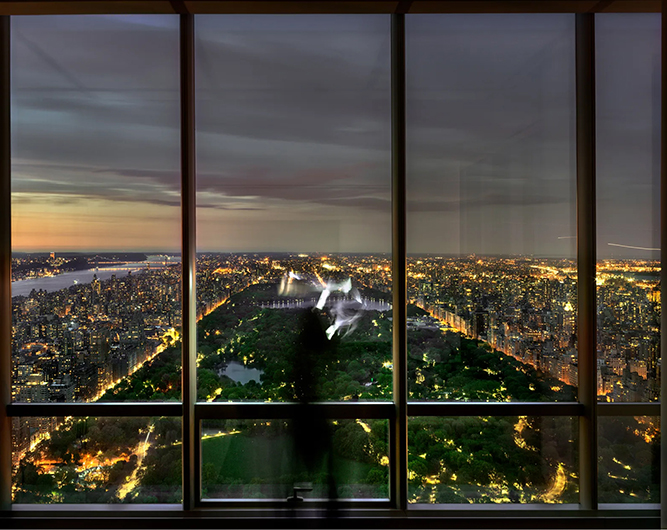
Central Park is considered by some to be Frederick Law Olmsted’s crowning achievement. Photograph by Matthew Pillsbury
The landscape architect Sara Zewde met me at the corner of Malcolm X Boulevard and Central Park North, a busy intersection that overlooks both the Harlem Meer and a Dunkin’ Donuts, the park and the city. Her home and her office are nearby, but there’s a deeper meaning in this location for Zewde, who is one of a small number of Black women licensed in landscape architecture in the United States. Glancing at Central Park, which is considered the crowning achievement of Frederick Law Olmsted (and his collaborator Calvert Vaux), Zewde told me how Olmsted’s writing had been “formational” for Malcolm X during his time in prison, when the civil-rights leader was searching, as he later recounted, for texts that spoke “the truth about the black man’s role.” He found part of that truth in Olmsted’s account of his travels through the South before the Civil War, collected in “The Cotton Kingdom.” “Books like the one by Frederick Olmstead,” Malcolm X said, “opened my eyes to the horrors suffered when the slave was landed in the United States.”
In 2019, Zewde, a native of the South,
embarked on a four-month-long project retracing Olmsted’s journey from D.C. to
Louisiana. She regards Olmsted’s Southern travels and, indeed, his way with
words, as a core yet understudied aspect of his career. “Obviously, Olmsted
could not have seen the future and his influence on Malcolm X, but I reflect on
this intersection a lot,” Zewde said. “Olmsted did talk about the value of
Black people gathering,” she continued. “He didn’t foresee Harlem becoming the
mecca that it is for the global Black diaspora, but here we are.”
On the occasion of Frederick Law Olmsted’s
two-hundredth birthday, Zewde is part of a generation of landscape architects
wrestling with his end-of-day shadow. Olmsted espoused abolitionist views, but
his projects displaced Black and Native communities. He was a democrat who
modelled America’s public parks on aristocratic estates, and a nature lover who
moved mountains of dirt to reshape topography for aesthetic purposes. To the
general public, he is a venerated name, most often recalled during strolls
through his parks in New York City, Boston, Chicago, Hartford, and Montreal
that bring the forest to the city and the city to the forest. Contemporary
landscape architects invoke Olmsted to help convince planners and politicians
that parks are worth the investment, but Olmsted’s style and his politics don’t
necessarily address the needs of 2022. Landscape architects want to present
themselves as the designers who are most able to combat climate change and
reduce spatial inequalities, and, for those ideals, they are looking beyond
Olmsted.
“He was wildly unsuccessful at everything
except his writing and his landscape-architecture career, which came later in
his life,” Billy Fleming, a professor in the Weitzman School of Design at Penn,
told me. Olmsted was the child of an affluent Hartford merchant, and he tried
farming and journalism before settling on construction and park planning.
Popularizing the term “landscape architecture” (which Olmsted did) and
transforming the discipline into a licensed Ivy League pursuit (as his son did)
cut off its history and its practitioners from the millennia of expertise
acquired by humans working on the land. Fleming prefers to teach a longer
history of landscape architecture that includes Indigenous communities and the
ways in which they continue to design the land, as well as radical groups like
Britain’s Diggers, who used gardening as a way of taking back public space and
building political power.
Kian Goh, an assistant professor of urban
planning at U.C.L.A., said she uses Olmsted as an example of the lineage of
urban parks—but one for which students swiftly see the limits. “Yes, you have
idealistic ideas of full access, but, really, parks like Central Park and
others have become centers of real-estate speculation in the city,” and the
recent critiques of both the High Line and Little Island on Manhattan’s West
Side bear this out. “This is where I find the most purchase among students,”
Goh said: “the idea that green space has a history of exclusion, even though
the original ideals might have been different. They don’t think that the ideas
of folks like Olmsted stand the test of racial and social-justice critique now.
How do we decolonize ideas for public parks?”
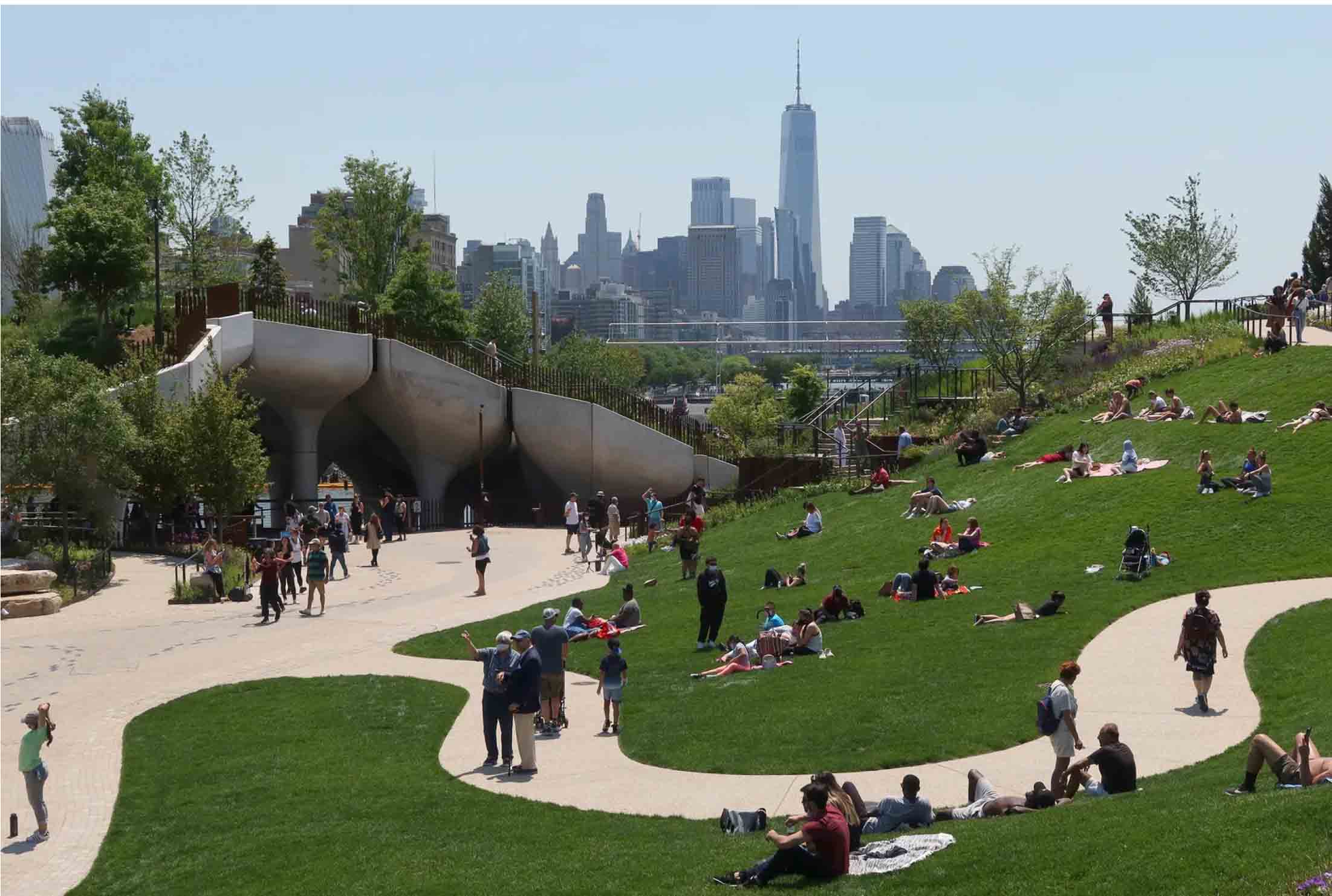
Parks like Little Island, in Manhattan, have raised questions about green-space design and inequality.Photograph by Gary Hershorn / Getty
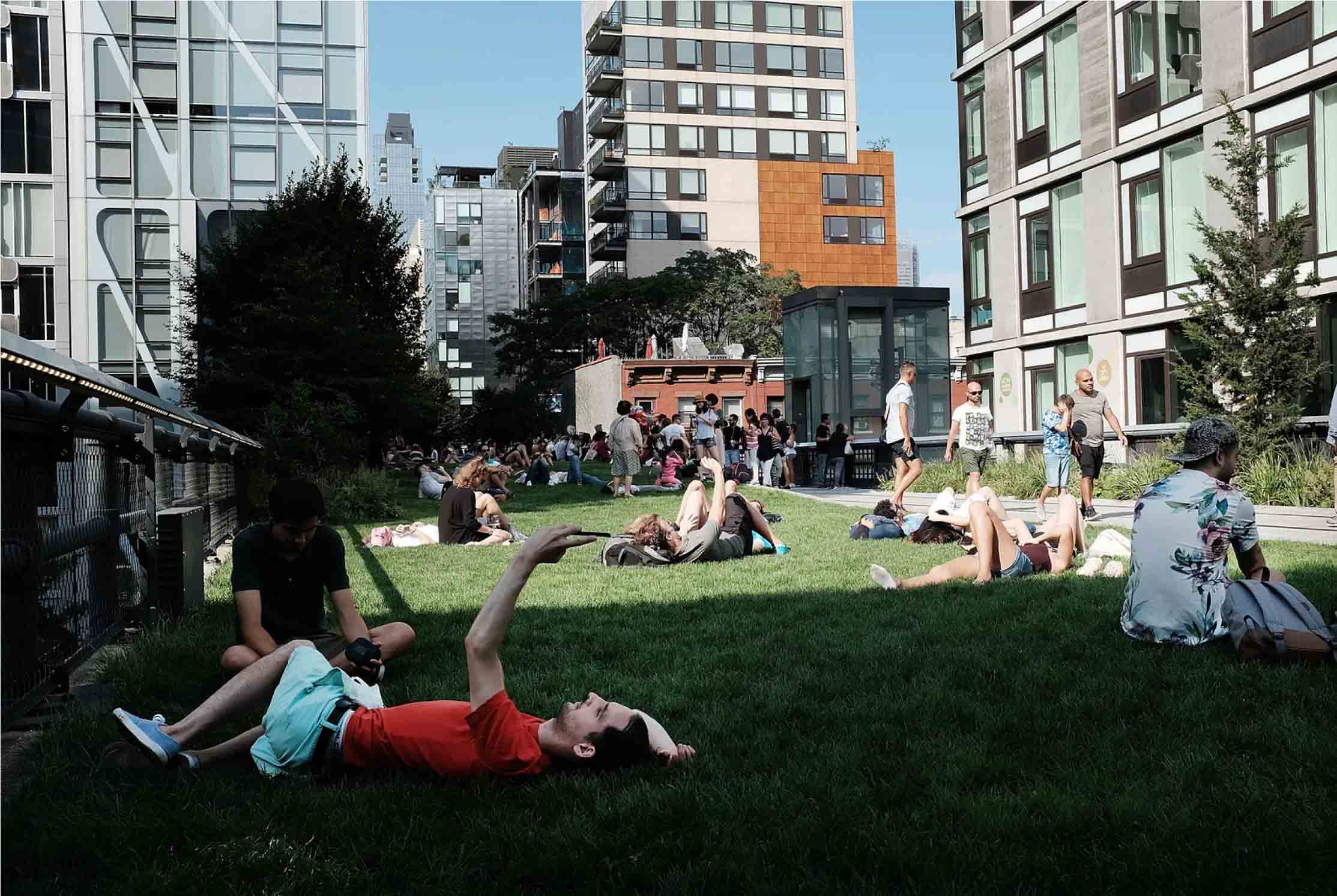
The High Line, in Manhattan, has been critiqued for its role in real-estate speculation.Photograph by Spencer Platt / Getty
Kian Goh, an assistant professor of urban
planning at U.C.L.A., said she uses Olmsted as an example of the lineage of
urban parks—but one for which students swiftly see the limits. “Yes, you have
idealistic ideas of full access, but, really, parks like Central Park and
others have become centers of real-estate speculation in the city,” and the
recent critiques of both the High Line and Little Island on Manhattan’s West
Side bear this out. “This is where I find the most purchase among students,”
Goh said: “the idea that green space has a history of exclusion, even though
the original ideals might have been different. They don’t think that the ideas
of folks like Olmsted stand the test of racial and social-justice critique now.
How do we decolonize ideas for public parks?”
The Emerald Necklace Conservancy, which has
a robust schedule of two-hundredth-birthday plans, has made community the
centerpiece of its programming. In the run-up to this year, staff members and
consultants have held meetings in the neighborhoods surrounding the park,
compensated community members for their time (rather than just the
“professionals” at the front of the room) and emphasized the idea, articulated
by Olmsted in an 1870 speech, that “it does men good to come together in this
way in pure air and under the light of heaven” in parks, and that such
gathering “must have an influence directly counteractive to that of the
ordinary hard, hustling working hours of town life.” In 2022, some of this work
is very mundane: How easy is it to get a permit for a party? Hire a food truck?
Access a bathroom?
Focussing on the communities around parks
is another way to decenter Olmsted: even in places where he originally designed
the park, he hasn’t been the one maintaining it for the past hundred and
twenty-plus years. “The history of these places didn’t start and stop with this
man,” Gina Ford, who worked on a master plan for Hartford parks, including
Keney Park, which Olmsted’s successors designed in his native city, told me.
“These places that were designed by him have oftentimes been at risk and have
been saved by and reclaimed by communities of color.” At Keney Park, the
carriageway conceived by Olmsted’s firm for open-air clip-clopping is now a
popular spot for another kind of public display. “The carriage drive is where
people bring their cars and open up the doors and play really loud music,” Ford
said. “The best landscapes adapt and evolve.”
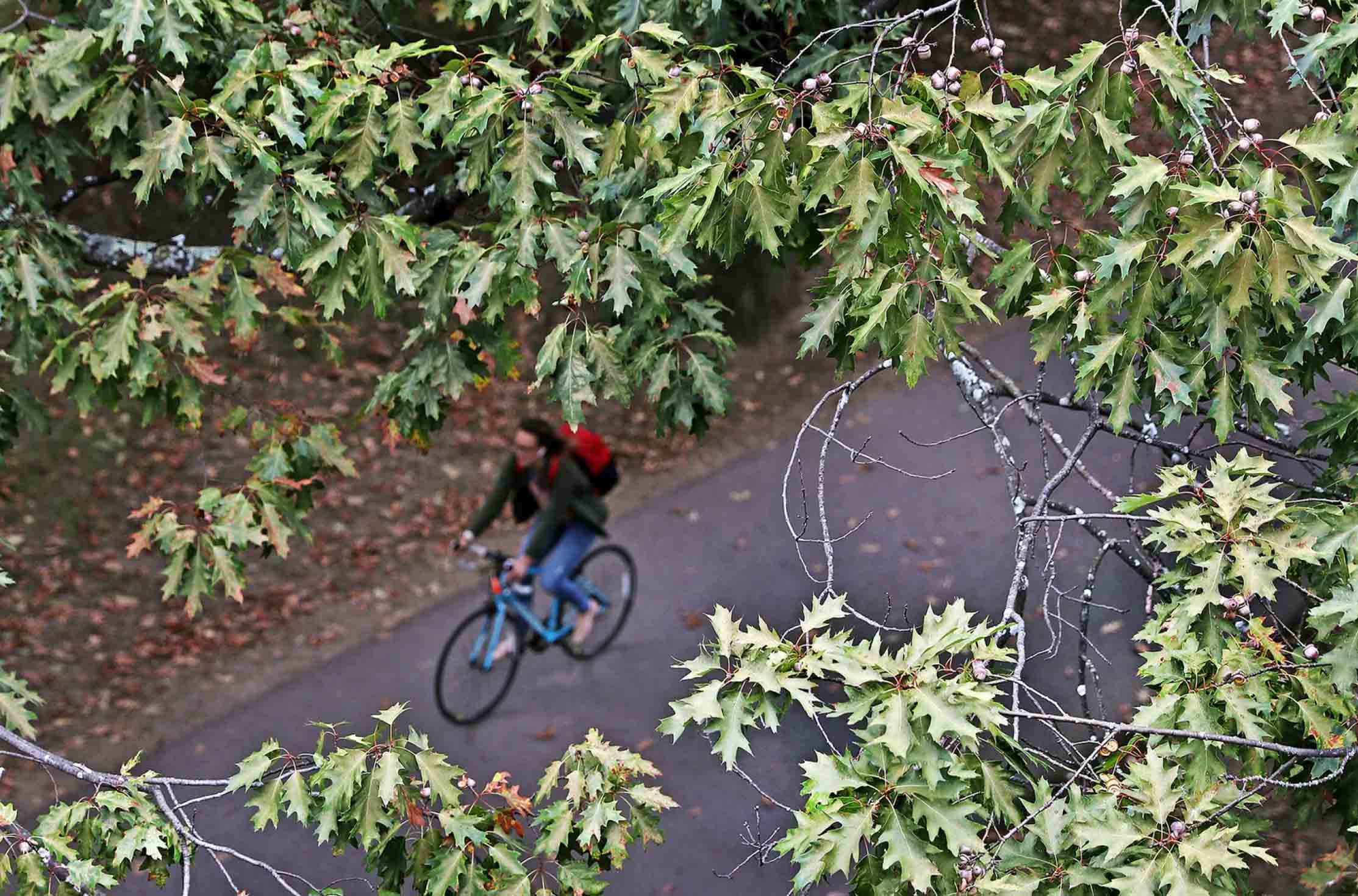
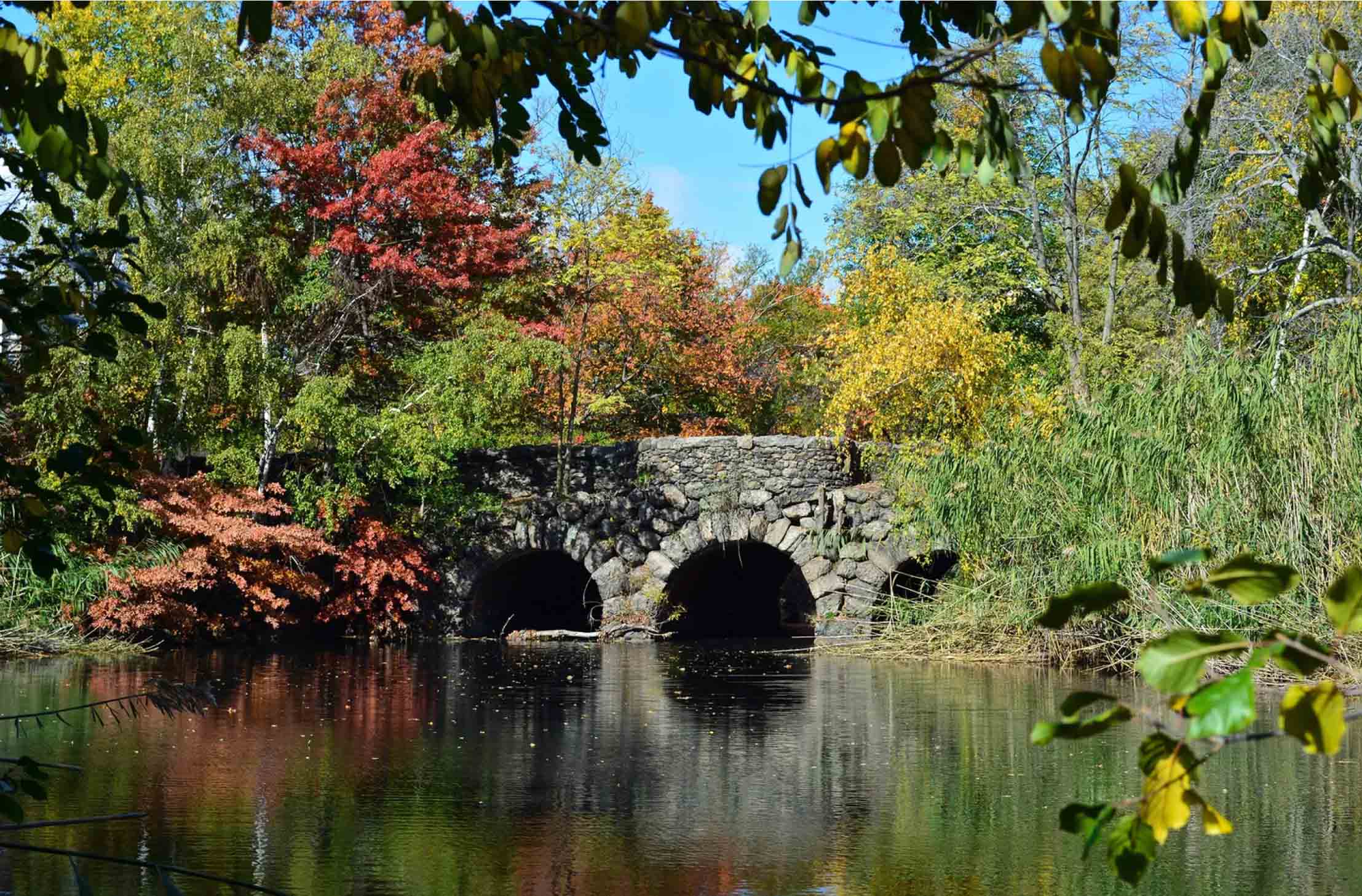
The Emerald Necklace connects a chain of parks of every personality.Photograph by Marcus Baker / Alamy
Back at the Harlem Meer with Zewde, I asked
her if she uses Olmsted in her professional practice. She thought for a minute
and then brought up a current project to design a one-and-a-half-acre park on
the site of the Kingsboro Psychiatric Center campus in Brooklyn. The assumption
was that the street grid would go through the site and cut it up into lots of
little programmed bits. Olmsted and Vaux, famously, insisted on sinking the
transverse roads through Central Park, and asserted the importance of passive
recreation—of strolling as a civilizing influence. “You go to parks in the hood
and it is basketball courts every square inch,” she says. “Implicit and
explicit is a sense of control. People don’t have a place to just be, to just
hang out—that is something that there is a dearth of and it is something that
we are fighting for in a lot of our projects.”
Despite her intellectual closeness to
Olmsted, and her belief in the ongoing importance of passive recreation, when
she’s looking for an example of a park that allows people to just be, her model
is Walter Hood and his 1999 redesign of Lafayette Square in Oakland. “The
tradition of squares also comes from Europe, usually centered on some sort of
axis or monument or destination. Walter instead designs for people in the
middle. He studied the social patterns of the park before his design: that’s
where they hung out before, that’s where they hang out now.” Coming out of the
pandemic, when urban spaces of all descriptions have proved their worth yet
again, Zewde weighs the understanding of the park as “a place you can engage
with people outside of ownership of each other, or outside of labor and
capital” with the labor required to maintain an Olmsted landscape. As we stroll,
Lasker Rink, on the west side of the Meer, is fenced off and under construction
as part of a project to make the location more accessible and more responsive
to twenty-first-century recreation needs. It doesn’t pay to be too precious
with your heroes: the landscapes of the future can acknowledge the beauty of
Olmsted’s vision while also celebrating the work that it takes to keep a city,
and its citizens, healthy in 2022.
